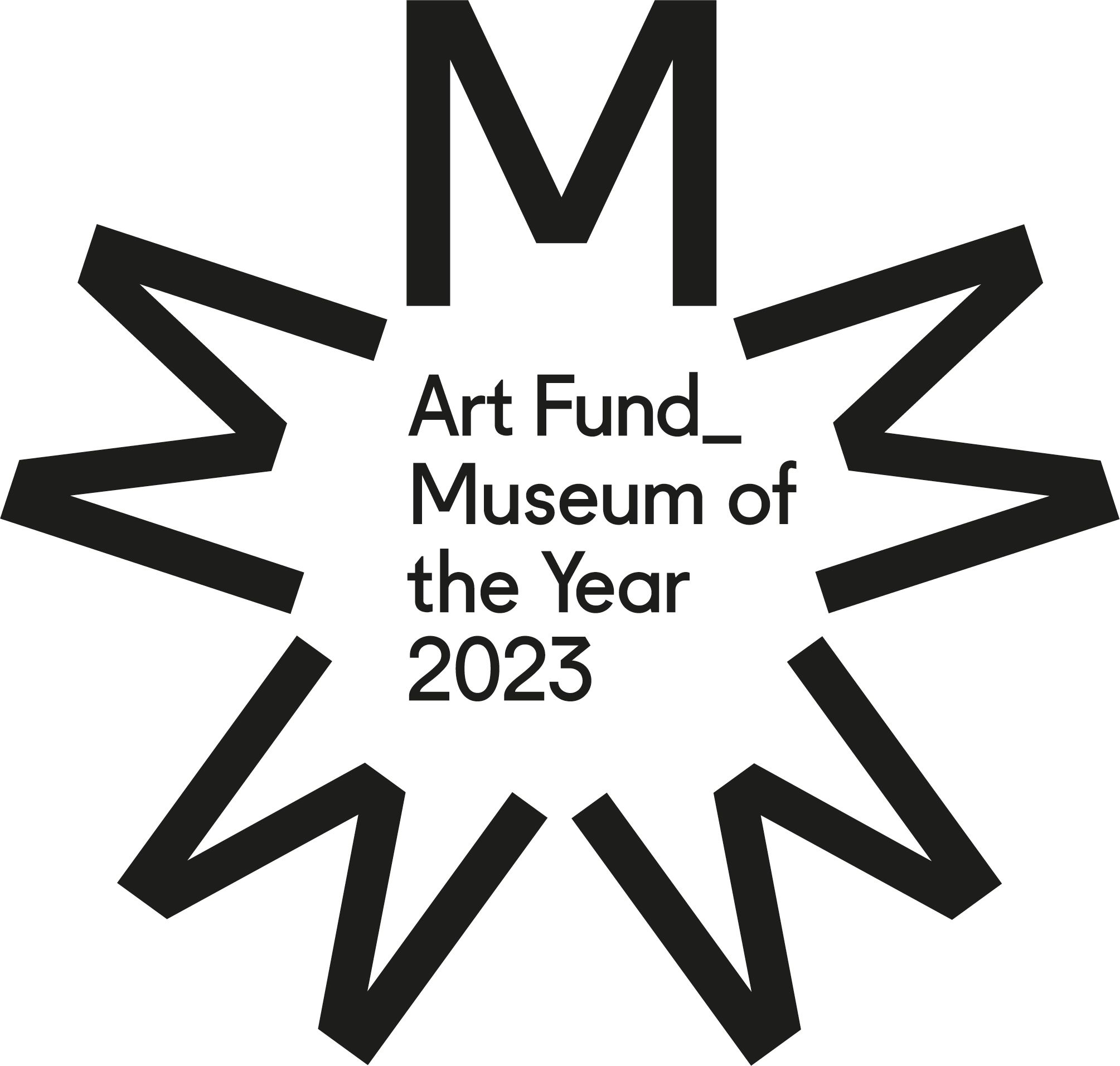• Read about the museums shortlisted for the Art Fund Museum of the Year 2023 here
When Nick Hewitt takes people around Scapa Flow Museum, he likes to say “that the history of the world was shaped here”. A naval historian and culture team manager for Orkney Islands Council, Hewitt says that, “the role of sea power, in the Second World War in particular, was absolutely pivotal. And the fleets which did that job in the wars in Europe were based here.” Following a five-year, £4.4m redevelopment, the museum’s determined commemoration of that naval heritage – and any associated social ripples – has won it a place on the Art Fund’s Museum of the Year shortlist.
Named after the body of water sheltered by the islands, the museum charts Orkney’s history during both world wars. This narrative is told through more than 250 artefacts, both military and civilian. “You’ve got wartime finds – signal lamps, equipment – and then you’ve got personal memorabilia,” says Ellen Pesci, the museum’s social history curator. “We have items that belonged to the service people stationed here. Anything from a uniform through to letters, autograph books, mugs and cups. The nitty-gritty of everyday life.”
The museum was opened in 1990 as a private entity, having been bought by Orkney Islands Council from the Ministry of Defence in 1980, but later came under the aegis of the Orkney Museums service. Today, it is housed in the island of Hoy’s former oil pumphouse, which was built in 1937 to service waiting ships. “My grandfather was the works foreman at the pumphouse,” says Pesci. “He once cared for equipment that 70-odd years later I would care for, albeit in a different capacity.”
However, the pumphouse was not the ideal location for a museum: it was very cold, damp and had run well past its “expected life span”, says Pesci. In 2017, it closed and the museum began a major overhaul of the existing Grade A-listed structure, the construction of a new exhibition and café extension, and the careful conservation of objects and artefacts. A wartime Romney hut on the site has also been restored, allowing space for monumental items, such as a German High Seas Fleet gun from SMS Bremse.
On its reopening in 2022, the museum also restructured its display to focus on key stories: the Royal Navy’s fleet in action, the range of servicemen and women stationed in Orkney (more than 12,000 military and civilian personnel at one point), the experience of 550 Italian POWs interned on the islands in the 1940s and how island life changed as a result of these events.

Visitors looking at a model of SMS Baden, a German WWI battleship © Janie Airey, Art Fund 2023
The naval base at Scapa Flow, chosen for its strategic position against an aggressive Germany, played a crucial role in both the D-Day landings and the Arctic convoys, and “its wartime legacy can be seen across the islands”, says Hewitt. After the Second World War, there wasn’t an imperative to demolish its various pillboxes (fortifications from where machine guns are fired) and bunkers compared to the mainland, where post-war housing was required. The museum provides a context for such landmarks and explains how these structures enjoyed a second, peacetime, life as “playgrounds or stores or farm sheds”.
The role of sea power, in the Second World War in particular, was absolutely pivotalNick Hewitt, naval historian
The museum’s collection also includes objects salvaged from the waves. At the end of the First World War, the German High Seas Fleet was interned in these waters; while in captivity, the ships were deliberately sunk by the crews. Seven German ships and the British battleships HMS Royal Oak and HMS Vanguard are still on the seabed, notes Pesci. “Every time you take a boat over Scapa Flow, you’re going over those wrecks. You’re sailing over the top of that history.” The museum holds items discovered by divers as well as objects that were beached and ended up in the homes of islanders.
Scapa Flow Museum plays a crucial role, not only in explaining Orkney’s past, but also in preserving its present economy – from increased visitor numbers, retail income and donations – as well as its spirit. Much loved by islanders, the site has become a community hub as much as a working museum.
The museum’s remote location off the coast of Scotland has certain challenges, says Pesci. “We were chosen for the right reason during the two world wars, but once that strategic importance is over you go back to being a very rural island community.” Being shortlisted for the Museum of the Year award, she notes, has sprinkled “gold dust” on Scapa Flow’s profile. “We are remote, but we are accessible.” As Hewitt notes, the museum is worth the ferry ride: “It’s a local twist on an international story.”
How do you bring your local community into the museum?
Ellen Pesci, social history curator at Scapa Flow Museum: "We engage with children from the local primary school and run workshops based on object interpretation. One is focused on a painting by my father Jim Baikie, a former pupil of the same school who was born in Hoy. As the painting looks at how the island changed following the end of the Second World War, it provides a catalyst to investigate and discuss Orkney’s history and its context in the museum’s wider collection, and most importantly, understand how the art was interpreted by pupils. The children have remained involved with subsequent interpretive projects throughout the museum, providing them with an important sense of ownership over their own heritage."



